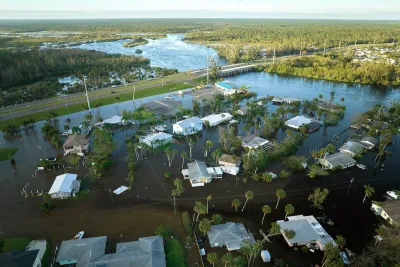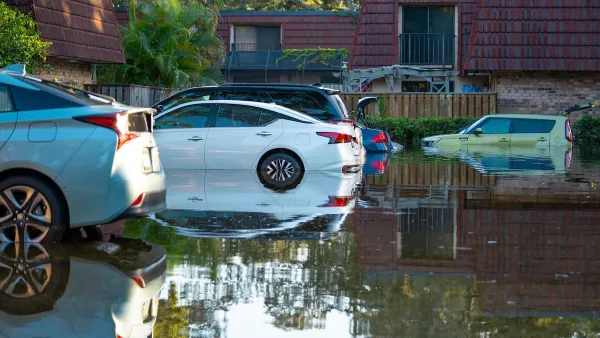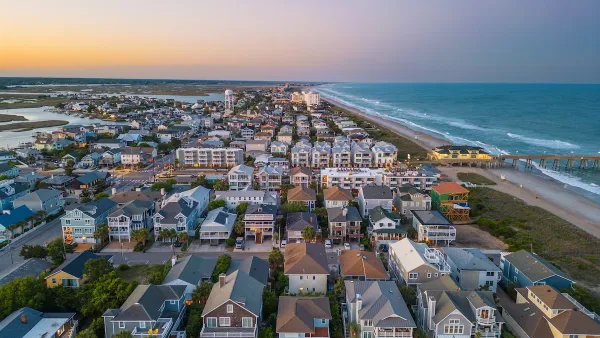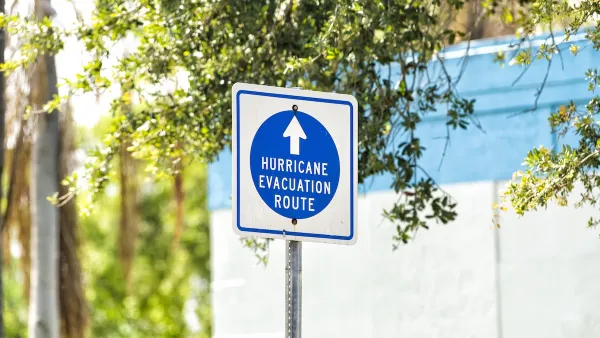People of color and lower-income residents tend to lose wealth despite the stated goals of federal assistance programs to restore communities impacted by disasters.

Research into the distribution of financial aid after climate disasters reveals that some of the nation’s most disadvantaged communities are often overlooked when it comes to disaster assistance resources, reports Amy Green for Inside Climate News.
“One 2018 study found that while white residents tend to gain affluence over time after a catastrophe, Blacks and other residents of color lose wealth. In counties where very little damage occurred between 1999 and 2013, researchers found that white residents gained an average of $26,000 in wealth but reaped nearly five times as much, about $126,000, in counties that suffered $10 billion in damage. By contrast, people of other races, who gained wealth in areas spared from significant damage, lost ground in hard-hit places. Black residents in damaged areas lost $27,000 in wealth, Latinos lost $29,000 and people of other races such as Asians lost $10,000.”
According to the same study, both public (FEMA) and private insurance programs are aimed at “restoring restoring property or wealth, an approach favoring those with more property and the ability to pay for insurance.” Lower-income residents impacted by climate disasters, meanwhile, suffer other related losses such as jobs and increased rents that assistance programs do not cover.
A 2020 report from the National Advisory Council recommended that FEMA create an “equity standard” to ensure its grants reach the communities that need them most. “ The document also suggested incorporating diversity, equity and inclusion into FEMA practices, recruiting an inclusive workforce and providing fair and equitable opportunities for professional advancement within the agency.” The agency is already incorporating some of these changes.
FULL STORY: After Disasters, Whites Gain Wealth, While People of Color Lose, Research Shows

National Parks Layoffs Will Cause Communities to Lose Billions
Thousands of essential park workers were laid off this week, just before the busy spring break season.

Retro-silient?: America’s First “Eco-burb,” The Woodlands Turns 50
A master-planned community north of Houston offers lessons on green infrastructure and resilient design, but falls short of its founder’s lofty affordability and walkability goals.

Delivering for America Plan Will Downgrade Mail Service in at Least 49.5 Percent of Zip Codes
Republican and Democrat lawmakers criticize the plan for its disproportionate negative impact on rural communities.

Test News Post 1
This is a summary

Test News Headline 46
Test for the image on the front page.

Balancing Bombs and Butterflies: How the National Guard Protects a Rare Species
The National Guard at Fort Indiantown Gap uses GIS technology and land management strategies to balance military training with conservation efforts, ensuring the survival of the rare eastern regal fritillary butterfly.
Urban Design for Planners 1: Software Tools
This six-course series explores essential urban design concepts using open source software and equips planners with the tools they need to participate fully in the urban design process.
Planning for Universal Design
Learn the tools for implementing Universal Design in planning regulations.
EMC Planning Group, Inc.
Planetizen
Planetizen
Mpact (formerly Rail~Volution)
Great Falls Development Authority, Inc.
HUDs Office of Policy Development and Research
NYU Wagner Graduate School of Public Service





























